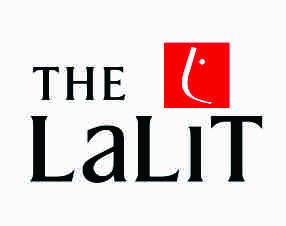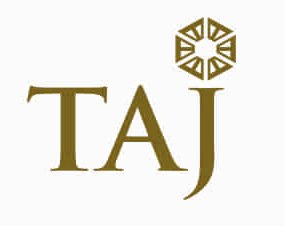Despite the fact that Palestine is not an independent state with control over its own borders, the Palestinian territories (East Jerusalem, the West Bank and the Gaza Strip) nevertheless attract a significant number of tourists every year to its unique religious and historical sites.
Palestine has hosted many powers and peoples over the millennia such as the Canaanites, Babylonians, Assyrians, ancient
Greeks, Phoenicians, Romans, Byzantines, Crusaders and Ottomans. Their legacy lives on in a rich collection of antiquities and archaeological finds as well as cities that are tourist attractions in themselves. The warm weather in the summer and relatively mild climate in the winter have helped Palestine to become a destination for tourists of different tastes and races. Its diverse landscape encompasses Mediterranean beaches; the salty Dead Sea – the lowest point on earth; snow-capped mountains, wide plains and arid deserts. Palestine is also home to Jericho, the world’s oldest continuously inhabited settlement.
Tourism in Palestine can be divided into several types. First and foremost is religious tourism thanks to the concentration of sites revered by the followers of the three great monotheistic faiths (Islam, Judaism and Christianity). The second is cultural tourism due to the wealth of archaeological attractions. The third is therapeutic or health tourism based on the benefits of the Dead Sea.
Palestine is the home of the holiest churches for Christians: the Church of the Nativity in Bethlehem and the Church of the Holy Sepulchre in Jerusalem. In Jerusalem is al-Aqsa, Islam’s third holiest mosque and the gilded Dome of the Rock, a Muslim shrine. Al-Aqsa Mosque is located on the Temple Mount, which is the holiest site in Judaism. At the foot of it is the Western Wall – also known as the Wailing Wall – the holiest place where Jews are permitted to pray.
Current Status of Tourism in Palestine
The religious, archaeological and natural attractions mentioned above have boosted the economic and cultural standing of the Palestinian territories as well as Palestinian identity. The black and white keffiyeh (scarf), for instance, has been a global symbol of Palestinian heritage and identity for decades. Despite the hard work by the Palestinian Authority (PA) to strengthen the tourism sector, including efforts by the Ministry of Tourism and Antiquities to attract visitors from Latin America, Russia and Europe, tourist numbers declined sharply in the second half of 2015 following an encouraging start in the first half of the year. This was primarily due to the violence that erupted in East Jerusalem and the West Bank at the beginning of October. A report published by Palestinian media showed a drop in foreign visitors by approximately 11% to 2.23 million, compared to almost 2.53 million in 2014. This was itself a decline over previous years due to the Israel-Gaza conflict that extended through th
Itinerary
- Arrival and overnight at Jericho.
- Breakfast in the lowest city on earth, followed by a visit to the Monastery of Temptation half way up the eponymic mountain with the longest cable car below sea level — ancient Jericho, Tell el-Sultan and the whole oasis can be seen from the above. Pass by the Zacchaeus sycamore fig tree in Jericho, before reaching the Baptism Site for mass, mediation, and entering the water. Continue to the Dead Sea and pay a visit to ancient Qumran, which may well be connected to John the Baptist before enjoying a dip into the deepest hyper saline lake in the world at 430m below sea level. Before concluding your day, visit the Mary & Martha Church and the empty tomb of Lazarus in Bethany overnight in Jerusalem.
- Start your day at Jerusalem with a panoramic view of the Old City in the city’s east from the Mt. of Olives followed by a stroll along its churches: Dominus Flevit Chapel, the Church of Mary Magdalene (only Tuesdays & Thursdays), the Church of Nations in the Garden of Gethsemane and the Tomb of Mary. In the afternoon, visit of one of Christianity’s oldest churches, the Church of Nativity in Bethlehem and the Church of St. Catherine. Stroll through Bethlehem’s market streets and visit the Milk Grotto and the Shepherds’ Fields in Beit Sahur overnight In Jerusalem.
- Another day in Jerusalem’s Old City and its four quarters. Start at the Gate of Stephanus (Lions Gate) and follow the Stations of the Cross along the Via Dolorosa to the Church of St. Anne and the Pool of Bethesda. Arrive to the Church of the Holy Sepulchre and have some time for individual meditation and prayer. After lunch (optional), enjoy a panoramic view from the central tower of the Evangelical Lutheran Church of the Redeemer before heading through the Armenian Quarter to Mt. Zion, the Room of the Last Supper, the Makam Al-Nabi Dawud and the Dormition Abbey. Conclude your visit with a walk along through the Muslim Quarter and its enchanting markets overnight in Jerusalem.
- Check-out and transfer to the land border
























